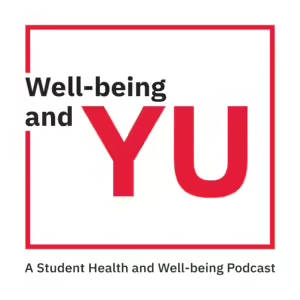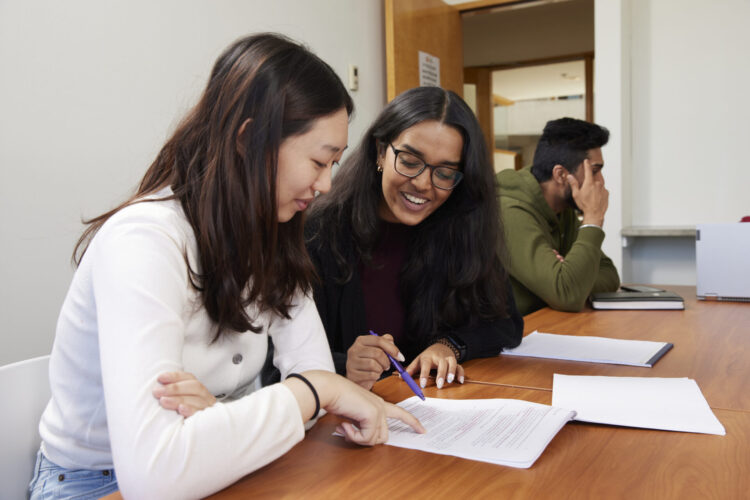
Reading and Note-taking
It all begins here!
Engaging with readings and taking effective notes from the start can make a huge difference when studying for exams. Rather than waiting until the last minute, begin early in the term and stay organized.
Academic Reading
Academic reading demands more than simply going through the material; it is a form of learning that involves a range of skills. A helpful strategy for improving your reading is the PQ3R method:
- P – Preview: First, scan the material and identify the key concepts.
- Q – Question: As you preview, develop questions to guide your reading.
- R – Read: Actively and critically engage with the material while reading.
- R – Recite: Summarize the information in your own words to reinforce your understanding.
- R – Review: Regularly revisit the material to keep it fresh in your mind.
Note-taking
Taking notes effectively is also essential for successful studying. Here are some strategies to enhance your note-taking:
- Listen Actively: Focus closely during lectures and tutorials to capture the main ideas.
- Keep It Simple: While color coding can be fun, avoid spending too much time decorating your notes unless it serves a specific purpose.
- Watch for Clues: Pay attention to verbal and non-verbal hints from your instructor. Body language, tone, pacing, and repetition of points can indicate key topics to note.
- Be Selective: Instead of copying everything from the slides, focus on what the instructor is saying. This is especially useful if the slides will be shared afterward.
- Organize: Structure your notes by topic and sub-topic, leaving space for additional details later. This will also help when you review and test yourself.
- Choose the right method. Some of us are better with written notes, others with digital ones. Choose the note-taking method that suits you best.
Deea’s Pro tip: These strategies are great, but they won’t work unless you review your notes and readings regularly to draw connections between course themes and big ideas. Doing this regular review can assist you in seeing the big picture.
Alicia’s Pro tip: Make sure you have a safe and secure way of storing your notes. Be sure to back up digital documents on an external hard drive or on the cloud (Google Drive is a great solution) and take extra precautions for printed ones. It would also be a good idea to scan and save your printed notes digitally so that in case something happens, you have a backup!
Here are some templates that can help you get started:
Now that we’ve got our reading and note-taking skills down, let’s explore some study techniques that can help you learn effectively.
Study Techniques

We’ve found the following six effective strategies, recommended by The Learning Scientists, that are most effective:
- Active recall: Quiz yourself on course material without looking at your notes. Then check for accuracy and if you missed anything. You can create flashcards (paper or digital) that can help you with this strategy. If digital is your jam, free apps like Anki and Quizlet are popular online options.
- Spaced repetition: Start planning early for exams and set up a study schedule for each of your courses. Make sure to periodically go back to older reading material and notes to freshen up on those concepts along with recent stuff. This helps you to remember all your course content.
- Interleaving: Don’t study the same idea for too long. Not only is that boring, but it also switches off your cognition. Shift between concepts during a study session to keep your brain on its toes!
- Elaboration: While studying, ask yourself questions about how the concepts work and why, and then find the answers in your course material. Elaborate the answers, make connections and explain how they all work together. This is especially helpful for essay-style answers, where you are expected to show what you’ve learned in an expanded form.
- Concrete examples: Don’t just reach for the examples that your instructors shared in class. Try to find other examples or even come up with your own! If you are unsure of your own examples, you can always run them by your instructors during their office hours (or by raising your hand in class!) to make sure that you are on the right track.
- Dual coding: Use both text and visuals to learn. Often, you will find visuals like images, graphs, videos, infographics on the topics that you are studying. Incorporating these visuals into your notes can make concepts simpler and easier to understand and remember. You can also create your own representations of the information in ways that suit you best.
Deea’s pro tip: Sometimes, combining two or more strategies can be a good idea. Remember that one strategy may not work for all your courses. For example, elaboration may not work for a math course. Spaced repetition will. Dual coding is not always necessary for an English or writing course; it would be more beneficial to use a combination of active recall, elaboration, and concrete examples.
Alicia’s pro tip: As you integrate different studying techniques, be sure to plan out your study times and account for breaks.
These study techniques should be a good starting point on your journey to finding out what works best for you.
If you’d like more in-depth content on these strategies, attend the Learning Skills Services (LSS) workshops on these topics and much more! Check out Learning skills https://www.yorku.ca/scld/learning-skills/workshops/
References
York University. (February 1, 2022). Reading, note-taking, and study strategies. https://yublog.students.yorku.ca/reading-note-taking-study-strategies–


